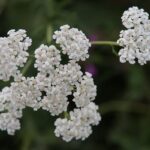
Spring cleaning takes work, and so does spring lawn care. In Tulsa, spring lawn care starts with a soil test, applying fertilizer, and watering grass only when needed.
And we haven’t even talked about the lawn mowing and trimming and blowing the debris off your driveway, sidewalks, and patio. These nearly weekly tasks can tie you up for an hour or more (depending on your yard size), which is why many homeowners hire a lawn care service.
But if you want to handle you own lawn care, we have you covered. Just follow these spring lawn care tips and your lawn should be green and healthy from spring to fall.
1. Test Your Soil
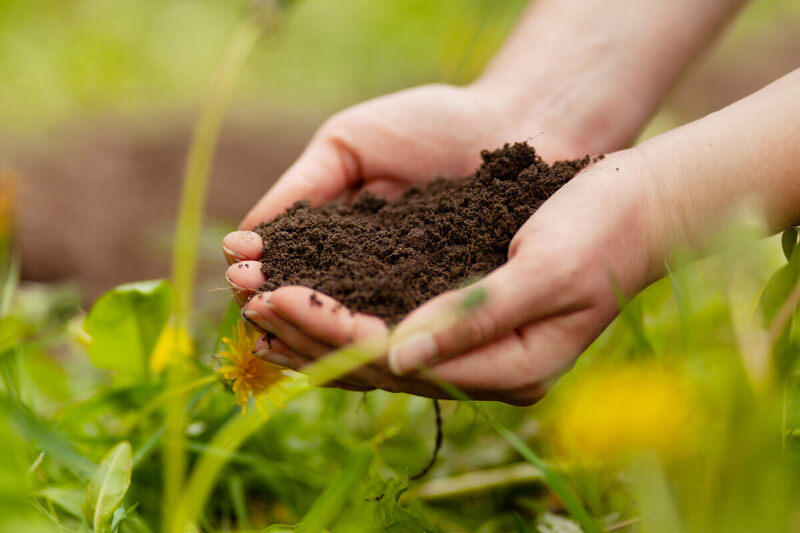
Spring is a great time to test the soil to make sure that it has the right amount of nutrients to help sustain maximum grass growth. How to do test your soil? Pick up any of the many DIY soil test kits at any Tulsa garden center to make this task simple.
Testing your lawn soil helps you to know what your soil needs and how you can help it with specific fertilizers.
See Related:
— Reasons Why Soil Testing Is Important for the Lawn
— How to Use a Soil Test Kit on the Lawn
— Why, When, and How to Test the Soil pH of Your Lawn
2. Dethatch Your Lawn
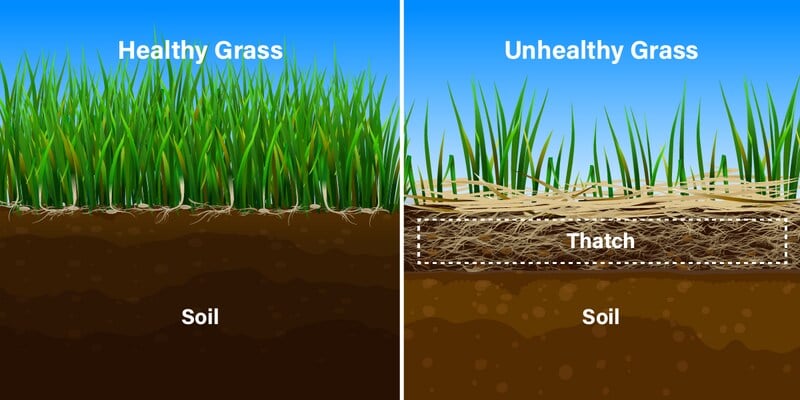
Thatch can develop easily over winter in Tulsa. Too much thatch — a matted mixture of live and dead roots, stems, and debris — can significantly hinder the amount of nutrients your lawn system receives.
Dethatching is a proven spring lawn care chore that will help nutrients to reach the underlying roots of your lawn. You can rent or buy a dethatching machine or hire a lawn care company to dethatch your lawn for you.
See Related:
— Benefits of Dethatching the Lawn
— When and How to Dethatch Your Lawn
— How Much Does Lawn Dethatching Cost?
3. Don’t Bag Grass Clippings
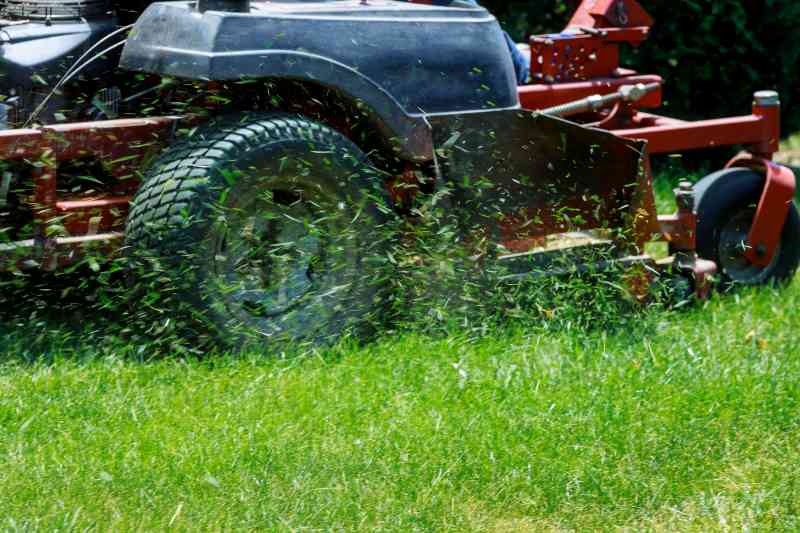
Don’t bag your grass clippings. Leave the clippings (though not in clumps) will create a healthy and more robust lawn. Don’t believe me? The Oklahoma State University Extension encourages residents to “Don’t Bag It” to return cut lawn clippings back to the soil.
Not only does this practice of mulching clippings help the soil, but it also reduces household solid waste that ends up in landfills.
See Related:
— Mulching vs. Bagging Grass Clippings
— How to Compost Grass Clippings
— Reasons to Use Grass Clippings as Mulch
4. Apply Fertilizer
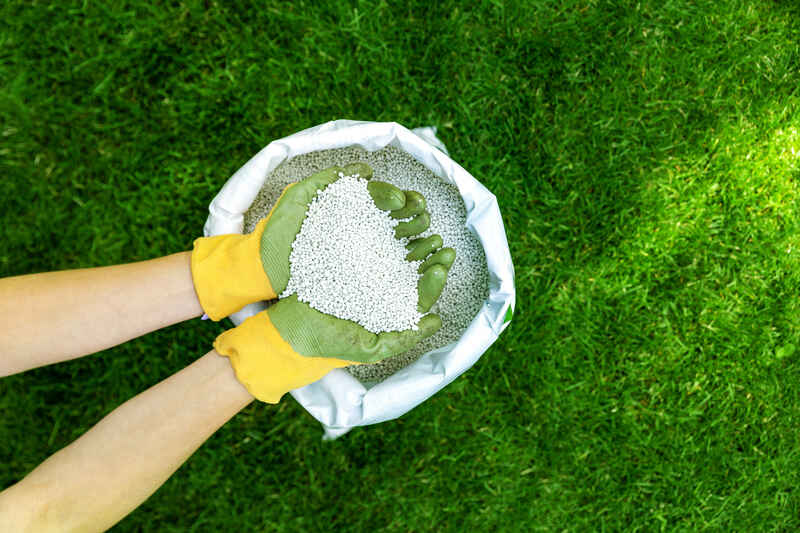
Slow-release fertilizers are a great way to make sure your lawn is getting the care it needs in terms of extra energy. Consult your soil test to see what kind of nutrients your lawn needs in order to promote healthy growth.
Refrain from using quick-release fertilizers, especially when following the “Don’t Bag It” recommendations, to keep the fertilizer on the lawn longer and able to feed the lawn slowly over time.
It is also important to know what kind of grass you have in your lawn to fertilize at the optimal time for your grass type.
Follow this lawn fertilization schedule:
- For warm-season grasses, like Bermudagrass, fertilize around May 1 with a complete fertilizer and then again in summer and early fall.
- For cool-season grasses, like tall fescue, fertilize with only nitrogen around March 1, a complete fertilizer around May 12, and then again in the fall.
See Related:
— How to Fertilize Your Lawn
— Common Fertilizer Mistakes to Avoid
— Fertilizer Numbers: Why They Matter and What They Mean
5. Water Your Lawn Less Often
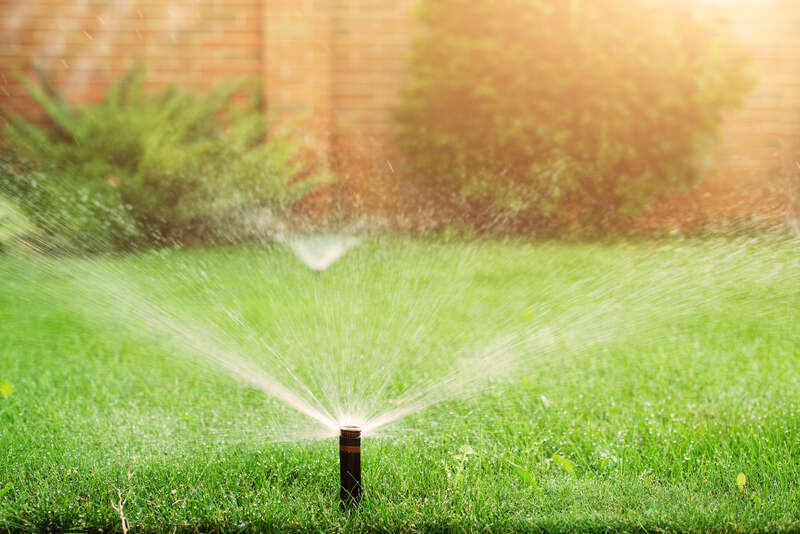
Studies have shown that watering your lawn daily for a short time can be damaging. Setting your sprinklers for a quick 10-15 minutes of daily watering teaches your lawn to crave that daily amount of water.
Instead, consider doing a long soak once or twice a week for an hour in the early morning to allow water to reach down into the soil. This will help grass roots grow stronger.
See Related:
— How Often Should I Water My Lawn?
— Best Time to Water Your Grass
— Signs of Overwatering Your Lawn
Get Your Lawn Ready for Spring in Tulsa
Spring lawn care is important to ensure your Tulsa lawn is healthy and strong, but it is an awful lot of work nearly every weekend.
Need help caring for your lawn? Visit our Tulsa lawn care page to hire a local LawnStarter lawn care crew. In addition to Tulsa, we provide lawn mowing and trimming — and many more outdoor services — in other Oklahoma cities, including Oklahoma City.
Read More:
— Best Grass Seed for Oklahoma
— Most Common Weeds in Oklahoma: How to Identify and Control Them
— Oklahoma Native Plants
Main Image Credit: Sarah J Malerich / Wikimedia Commons / CC BY-SA 3.0




